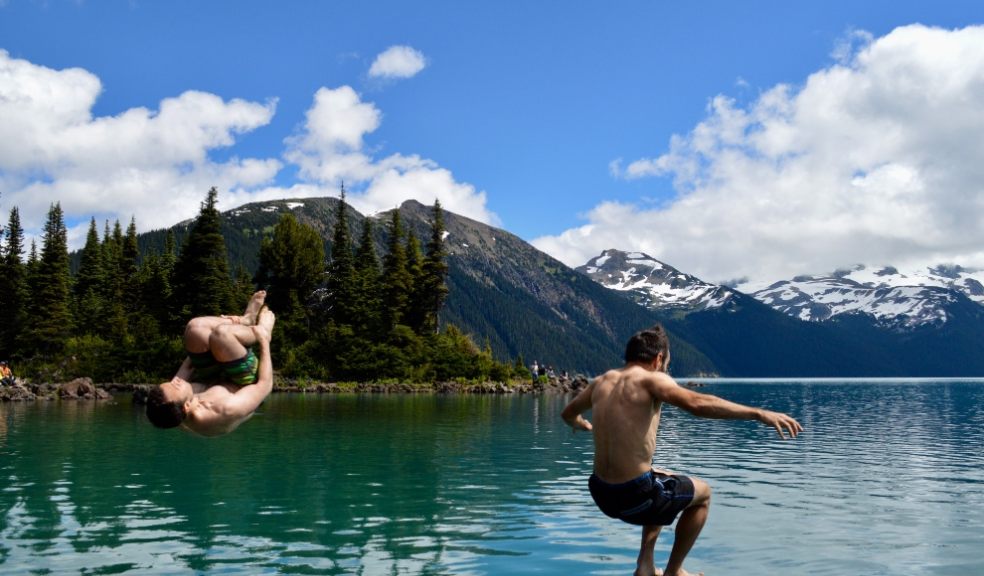
Survey highlights the health benefits of cold water dipping
A survey of over 3,000 cold water swimmers carried out by The Bluetits Chill Swimmers has highlighted the high number of people who say cold water dipping has benefitted their mental and physical health.
Some 94% of swimmers said being part of The Bluetits has had a positive effect on their mental health, and 86% said that being part of The Bluetits has had a positive effect on their physical health.
Many reasons were given for the mental health benefits, including the buzz of being in cold water and the fun and companionship that come from swimming as part of a group.
A large number of Bluetits said that joining the organisation had helped them overcome loneliness. Some 71% of Bluetits have experienced new or improved friendships by being part of a flock and 72% said they have experienced a stronger sense of community and inclusivity as a result of Bluetitting.
Bluetits who said dipping has a positive effect on their physical health included people with conditions that cause pain such as such as Lyme disease, fibromyalgia and frozen shoulder.
Members also said that cold water dipping helped them build their resilience, both physically and mentally.
The current trend for cold water swimming began with the Bluetits Chill Swimmers. The Bluetits began in St David’s, Pembrokeshire when Sian Richardson, set herself a cold-water swimming challenge. Struggling with pain and mobility problems due to needing two hip replacements, Sian decided cold water swimming would be therapeutic – and it appealed to her love of physical challenges.
Back then Sian was a lone swimmer, so when she went in the water – often shrieking and swearing as the water hit her – she started to attract attention, and gradually people started to ask if they could join her. The Bluetits Chill Swimmers was the result.
That was in 2014. Now, in 2023, The Bluetits has over 100,000 members worldwide. In the past year alone the Bluetits community grew by 30,000. Some 67% of them are sea swimmers, while 9% swim in rivers, 18% swim in lakes, 0.5% swim in lochs and 5.41% swim in a swimming pool.
Bluetits aren’t expected to stay in the water for a long time, or even to swim. They typically stay in for just a few minutes (at least 2 minutes is recommended to give the body time to adjust) and some simply wade or dip in the water. The Bluetits also has non-swimming members who come along for the camaraderie.
Sian Richardson says the survey results reflect the benefits she’s experienced from cold water swimming.
“The Bluetits has grown into something far bigger than I ever imagined when I first undertook my cold water swimming challenge in 2014,” she says. “It’s a supportive and inclusive movement that’s spreads joy and companionship and it’s wonderful to see how many people report benefits to their physical and mental health – which definitely reflects my experience of bluetitting. As our numbers continue to grow, I hope more and more people will embrace bluetitting to make new friends, challenge themselves and help themselves to feel better.”













